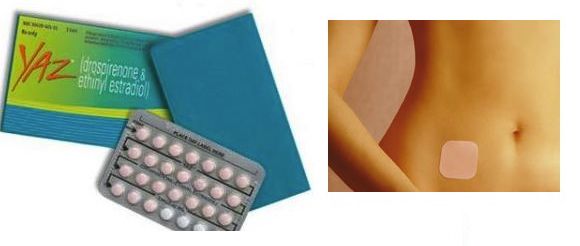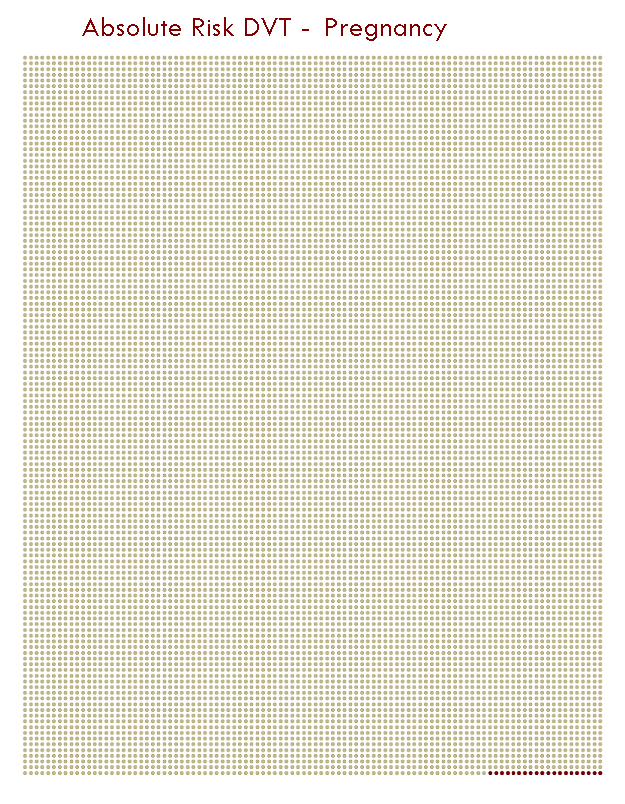
This week’s NY Times has a most powerful and beautiful essay written by Emily Rapp, entitled “Notes From a Dragon Mom”, in which she describes what it is like to parent a child who is destined to die. Rapp’s 18 month old son Ronan has Tay Sachs disease, a progressive and incurable neurologic disorder that will result in his death within a few short years of life.
How do you parent without a net, without a future, knowing that you will lose your child, bit by torturous bit?
Depressing? Sure. But not without wisdom, not without a profound understanding of the human experience or without hard-won lessons, forged through grief and helplessness and deeply committed love about how to be not just a mother or a father but how to be human.
Rapp’s essay is a foray into the true connection between parent and child, and, in a way, a celebration of how that relationship is all the more special because it is devoid of the pressures of perfect parenting for the perfect future.
Ronan has given us a terrible freedom from expectations, a magical world where there are no goals, no prizes to win, no outcomes to monitor, discuss, compare. But the day-to-day is often peaceful, even blissful.
As a mother, I want to thank Rapp for her wisdom as she shows us all how to be better parents, and wish her continued strength and joy as Ronan’s mom.
As a doctor, I’d like to address the section of the essay where Rapp talks about Tay Sachs gene mutation screening. It’s a short paragraph with just enough information to answer the question the reader probably has, which is – “How did this happen, when we have prenatal testing for Tay Sachs?”. Unfortunately, it is also just enough information to confuse and even frighten women who have had or are considering having prenatal screening for Tay Sachs.
The prenatal test I took for Tay-Sachs was negative; our genetic counselor didn’t think I needed the test, since I’m not Jewish and Tay-Sachs is thought to be a greater risk among Ashkenazi Jews. Being somewhat obsessive about such matters, I had it done anyway, twice. Both times the results were negative.
Oy. Let’s see what I can do here…
A TAY SACHS SCREENING PRIMER
What is Tay Sachs?
Tay Sachs is a genetic disorder caused a recessive mutation in the gene for hexosaminidase-A, an enzyme that catalyzes the breakdown of fatty acids in the brain. In the presence of defective Hex-A, fatty acids accumulate in the brain, causing permanent damage and progressive neurologic decline and eventually, death.
Babies born with Tay Sachs carry two copies of the defective gene, one from each parent. Parents who are carriers of recessive genes can be detected though prenatal genetic screening. This screening has been concentrated to date in high risk groups, which in the US are primarily Ashkenazi Jews, who have a carrier incidence of 1 in 30.
Who Should be Screened for Tay Sachs?
At this point in time, prenatal Tay Sachs screening is recommended to be offered to individuals from groups with increased mutation carrier incidence – Ashkenazi Jews, French Canadians, Louisiana Cajuns and Pennsylvania Dutch. Rapp is of Irish descent, a group with a mutation carrier incidence somewhere between 1/50 and around 1/200.
Of course, a major reason why couples screen for Tay Sachs, and for other genetic disorders, is because they want the option to terminate an affected pregnancy. An indeed, with the advent of prenatal diagnosis, the incidence of Tay Sachs among children born in the Ashkenazi Jewish population has plummeted.
In addition to using screening prenatally, some Jewish communities screen much earlier, and actually maintain online databases of Tay Sachs carrier information, so that couples can log on and screen out one another before embarking on a courtship, in an attempt to reduce marriages between two carriers. In Montreal, voluntary high-school based Tay Sachs screening programs have led to a 90% decline in the incidence of Tay Sachs in high risk communities.
Tay Sachs – Not Just a Jewish Disease
Rapp has also written an essay on Salon entitled ” Tay Sachs is not a Jewish disease“, in which she argues that the panel of Tay Sachs genes tested should be expanded beyond the most common mutations found in the Ashkenazi Jewish populations.
…we need to consider more carefully who should get tested for what, and why. As it turns out, there are about a hundred mutations of the Tay-Sachs gene. Unfortunately the common, standard prenatal screening only detects the nine most commonly detected mutations – commonly detected among those of Ashkenazi Jewish descent , like my husband.
…Until gaps like this are rectified, until the testing catches up with the facts, and until insurance companies are willing to redefine the “standard” array of tests, more families will suffer this kind of horrific loss and the great potential of prenatal screening will never be achieved.
In Rapp’s case, she and her husband indeed would have qualified for screening, and I am assuming from the fact that she was tested twice that they knew in advance that her husband was a mutation carrier.
Tay Sachs Carrier Screening
There are two ways to determine if a parent is a carrier for a Tay Sachs gene mutation – DNA testing (carrier screening) and Hexosamindase -A activity levels.
DNA Carrier Testing
Among Ashkenazi Jews, DNA carrier testing will detect up to 99% of carriers. In the case of a couple where only one is Ashkenazi, initially carrier screening the Jewish member of the couple is thus a good way to go, since the DNA screening tests perform so much better in that population. Then, if that individual screens positive, the next step is to screen the non-Jewish member of the couple. And that’s where the DNA test falls short – in non-Ashkenazi individuals, it detects at most 60% of affected individuals. In Rapp’s case, the gene she carried was a rare one indeed, having” last surfaced in 1997, among people of Moroccan descent”. Thus, it is not surprising that Rapp, despite being a mutation carrier, would have had a negative carrier test result using the available DNA testing.
There are to date over 100 known mtutations in the Hex-A gene that can lead to Tay Sachs disease, and we just do not as yet, nor are we likely soon, to have commercially available screening test for every mutation known to date. In the case of a non-Jewish individual married to a Jewish carrier, non-DNA screening for Hexosaminidase-A activity provides a better alternative to DNA testing.
Hexosaminidase-A Activity Testing
Individuals who carry Hex-A gene mutations, while phenotypically normal, have lower than normal levels of Hex-A serum activity on a simple blood test. This test actually formed the basis of the first screening for Tay Sachs, before we had DNA testing, which is thought to me more specific.
In some ways, though, DNA testing is too specific – it’s like searching for 1 of 100 needles in a haystack. And when you only know how to find 9 of those 100 needles, maybe you’re better off using a magnet – Hex-A Activity testing. It may not tell you which gene you have, but at least it tells you whose haystack has the needles. At that point, you would proceed to testing the baby.
Some might even use Hex-A testing as first line testing in an Ashkenazi individual, or combine it with DNA testing to get as close to 100% certainty as possible even in that population. And, as populations diversify through intermarrriage, Hex-A activity levels are being suggested as a better screen that DNA testing.
Of course, even hex-A activity testing isn’t perfect . But it’s pretty darned good.
Testing the Baby
Remember, that even if both members of the couple are carriers, there is only a 25% chance that the child will be affected. So if both members of the couple are Tay Sachs carriers, or if one is a carrier and the other uncertain, then testing the baby is done using CVS or amniocentesis to test for Hex-A activity, DNA or both. CVS and Amnio are both invasive tests with a small but real risk for miscarriage. Preimplantation genetic testing is also available for couples undergoing IVF who wish to screen for Tay Sachs.
But even these test are not perfect. Which, in the end, was the whole point of my writing this post. So let me say it again –
NO PRENATAL DIAGNOSTIC TEST IS PERFECT
We can talk about how to make Tay Sachs screening more effective. We can expand the number of genes we test for, and the number of individuals who are offered screening, in order to come closer to realizing, as Rapp puts it “the great potential of prenatal screening.”
But we cannot, and must not, set up the expectation among women and families that the technology exists and is available that will guarantee them a perfect child. We cannot set up the expectation that technology exists to detect every child with Tay Sachs, or any other genetic disorder, prenatally.
Or, as the National Tay-Sachs and Allied Disease Organization so eloquently puts it –
We are all carriers of recessive genetic diseases but standard healthcare practice does not screen everyone for all diseases because the technology does yet exist to accurately and cost effectively screen everyone.
Which, in the end, brings me back to Rapp’s most excellent essay, which teaches us to love our children for who they our for as long as we have them – whether that is three months, three years, or a lifetime.
___________________________________________________________
For more information on Tay Sachs Screening



























